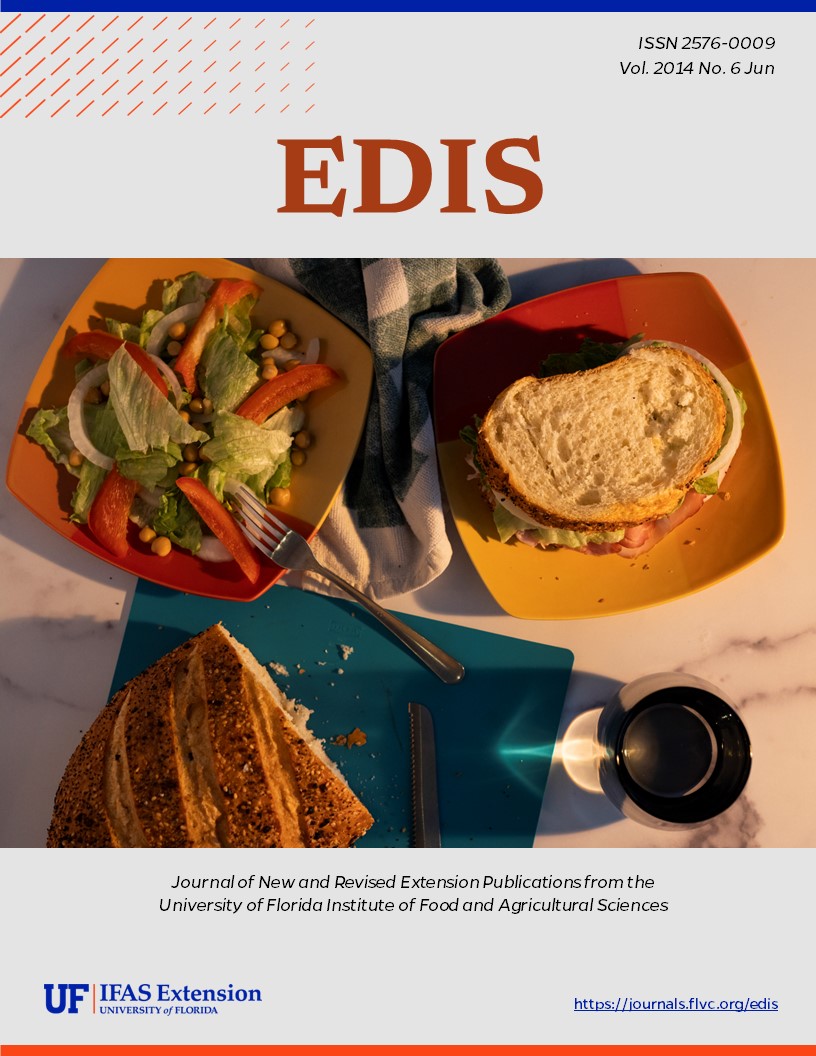Abstract
This document provides an in-depth profile of the house fly, Musca domestica Linnaeus, detailing its life cycle, distribution, and medical importance. Originating from central Asia, the house fly is now found globally, thriving in various environments. It undergoes complete metamorphosis and can produce numerous generations annually. House flies are significant pests, capable of transmitting pathogens and causing health issues. Effective management includes sanitation, traps, biological control, and selective insecticide use. The document emphasizes the importance of integrated fly control programs for maintaining public health and comfort. Original publication date August 1998.
References
Amano K. 1985. Breeding of the house fly, Musca domestica, (Diptera; Muscidae) in fresh dung of cattle fed on pasture grass. Applied Entomological Zoology 20: 143-150.
Anderson JR, Poorbaugh JH. 1964. Observations on the ethology and ecology of various Diptera associated with Northern California poultry ranches. Journal of Medical Entomology 1: 131-147.
Axtell RC. 1970. Integrated fly-control program for caged-poultry houses. Journal of Economic Entomology 63: 400-405.
Barnard DR, Geden CJ. 1993. Influence of larval density and temperature in poultry manure on development of the house fly (Diptera: Muscidae). Environmental Entomology 22: 971-977.
Bishoff FC, Dove WE, Parman DC. 1915. Notes on certain points of economic importance in the biology of the house fly. Journal of Economic Entomology 8: 54-71.
Dame D, Fasulo TR. (2003). Flies. Public Health Pesticide Applicator Training Manual. http://entnemdept.ufl.edu/fasulo/vector/manual.htm (19 April 2017).
Hedges SA. (ed.). 2004. The Mallis Handbook of Pest Control. 9th ed. GIE Media, Cleveland. 1396 pp.
Hewitt CG. 1914. The House-Fly, its Structure, Habits, Development, Relation to Disease Control. University Press, Cambridge England.
Hogsette JA, Jacobs RD, Miller RW. 1993. The sticky card: device for studying the distribution of adult house fly (Diptera: Muscidae) populations in closed poultry houses. Journal of Economic Entomology 86: 540-454.
Hogsette JA, Jacobs RD. (2003). The black dump fly: A larval predator of house flies. EDIS (no longer available online)
Hogsette JA. 1996. Development of house flies (Diptera: Muscidae) in sand containing various amounts of manure solids and moisture. Journal of Economic Entomology 89: 940-945.
Howard LO, Bishopp FC. 1925. The house fly and how to suppress it. USDA Farmers' Bulletin 1408. 18 pp.
Imai C. 1985. A New Method to Control Houseflies, Musca domestica, at waste disposal sites. Research in Population Ecology 27: 111-123.
Krafsur ES, Black IV WC, Church CJ, Barnes DA. 1985. Age structure and reproductive biology of a natural house fly (Diptera: Muscidae) population. Environmental Entomology 14: 159-164.
Lord FT, Boston MD. 1904. Flies and tuberculosis. Boston Medical and Surgical Journal 151: 651-654.
Lysyk TJ. 1991. Effects of temperature, food, and sucrose feeding on longevity of the house fly (Diptera: Muscidae). Environmental Entomology 20: 1176-1180.
Lynsk TJ. 1993. Adult resting and larval development sites of stable flies and house flies (Diptera: Muscidae) on dairies in Alberta. Journal of Economic Entomology 86: 1746-1753.
Kaufman PE, Scott JG, Rutz DA. 2001. Monitoring insecticide resistance in house flies from New York dairies. Pest Management Science 57: 514-521.
Kaufman PE, Rutz DA. 2002. Susceptibility of house flies (Diptera: Muscidae) exposed to five commercial insecticides on painted plywood. Pest Management Science 58: 174-178.
Kaufman PE, Rutz DA, Frisch S. 2005. Large sticky traps for capturing house flies, Musca domestica, and stable flies, Stomoxys calcitrans, in dairy calf greenhouse facilities. Journal of Dairy Science 88: 176-181.
MacDonald RS, Surgeoner GA, Solomon KR. 1983. Development of resistance to permethrin and dichlorvos by the house fly (Diptera: Muscidae) following continuous and alternating insecticide use on four farms. Canadian Entomologist 115: 1555-1561.
Merchant ME, Flanders RV, Williams RE. 1987. Seasonal abundance and parasitism of house fly (Diptera: Muscidae) pupae in enclosed, shallow-pit poultry houses in Indiana. Environmental Entomology 16: 716-721.
Morgan PB, Weidhaas DE, Patterson RS. 1981. Programmed releases of Spalangia endius and Muscidifurax raptor (Hymenoptera: Pteromalidae) against estimated populations of Musca domestica (Diptera: Muscidae). Journal of Medical Entomology 18: 158-166.
Ostrolenk M, Welch H. 1942. The common house fly (Musca domestica) as a source of pollution in food establishments. Food Research 7: 192-200.
Ross EH. 1913. The Reduction of Domestic Flies. J.B. Lippincott Co. London 103 pp.
Rutz DA, Axtell RC. 1981. House fly (Musca: Muscidae) control in broiler-breeder poultry houses by pupal parasites (Hymenoptera: Pteromalidae): indigenous parasite species and releases of Muscidifurax raptor. Environmental Entomology 10: 343-345.
Rutz DA, Kaufman PE, Waldron JK. 2001. An Integrated Approach to Managing Fly Pests in Dairy Calf Greenhouses. 2000 NYS Livestock and Field Crops Project Reports Relating to IPM. NYS IPM Pub. #320. pp. 80-91.
Savage EP, Scoof HF. 1955. The species composition of fly population at several types of problem sites in urban areas. Annals of the Entomological Society of America 48: 251-257.
Seymour RC, Campbell JB. 1993. Predators and parasitoids of house flies and stable flies (Diptera: Muscidae) in cattle confinements in west central Nebraska. Environmental Entomology 22: 212-219.
Scott JG, Alefantis TG, Kaufman PE, Rutz DA. 2000. Insecticide resistance in house flies from caged-layer poultry facilities. Pest Management Science 56: 1-7.
Watson DW, Kaufman PE, Rutz DA, Glenister CS. 2001. Impact of the darkling beetle, Alphitobius diaperinus Panzer on the establishment of the predaceous beetle, Carcinops pumilio Erichson for Musca domestica control in caged-layer poultry houses. Biological Control 20: 8-15.
West LS. 1951. The Housefly, its Natural History, Medical Importance, and Control. Comstock Publ Co. Ithaca, N.Y. 584 pp.

This work is licensed under a Creative Commons Attribution-NonCommercial-NoDerivatives 4.0 International License.
Copyright (c) 2014 UF/IFAS

